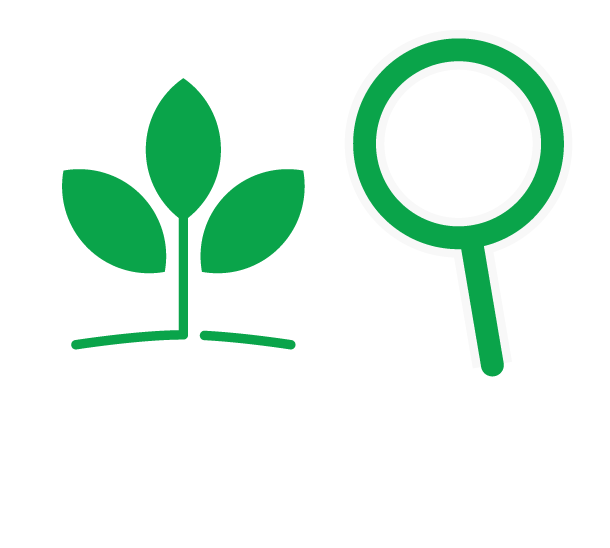
Why we do it

Where we are
Deforestation- and conversion-free performance disclosure

| Total volume of verified DCF soy purchased from farms in 61 FMs | = % Verified DCF |
| Total volume of soy purchased from farms in 61 FMs (direct and indirect) |
Volumes sourced from indirect suppliers are counted as non-verified DCF when no farm-level traceability is possible as per the official methodology agreed by SCF members for reporting.
Note: The Methodologies & References section of this report offers further detail and insights into our DCF methodology.
Click on an SCF member logo to see all related data
Supply chain engagement: Accelerating the mobilization of indirect suppliers
In terms of capacity assessments, the SCF has successfully reached its engagement target of having 21 indirect suppliers classified according to a Class A, B or C maturity level (against an objective of 20). Of these 21, 3 indirect suppliers were selected as Class A indirect suppliers and are expected to have their traceability
data verified through third-party verification. Moreover, all indirect suppliers who had their score assessed have been engaged in the co-development of action plans. The SCF’s indirect supplier engagement process aligns with the growing global recognition of the urgent need to protect native ecosystems from commodity-driven deforestation and conversion. This is further bolstered by recent EU legislation for DCF verification and other upcoming legislations, providing a strong foundation for effective indirect supplier engagement.

What’s next
In 2024, the SCF will update its DCF reporting scope and methodological parameters.
By March 2024, an impact evaluation of the SCF’s indirect supplier engagement strategy will provide a foundation for the design of its next phase.
Box 1: Types of indirect suppliers
Soy Resellers are intermediaries who purchase soy from producers and then sell it to other entities in the supply chain. They often aggregate soy from multiple sources and play a role in transporting soy from farms to processing facilities.
Cooperatives are organizations formed by groups of farmers who pool their resources and collectively manage various aspects of soy production, including cultivation, processing, and marketing.
Warehouses are storage facilities for soybeans and related products. They can hold soybeans for extended periods, allowing for efficient logistics and distribution within the supply chain.
Trading Sources are entities involved in the buying and selling of soybeans and soy-related products. They often act as intermediaries or brokers who facilitate transactions between different supply chain stakeholders, including producers and processors.







